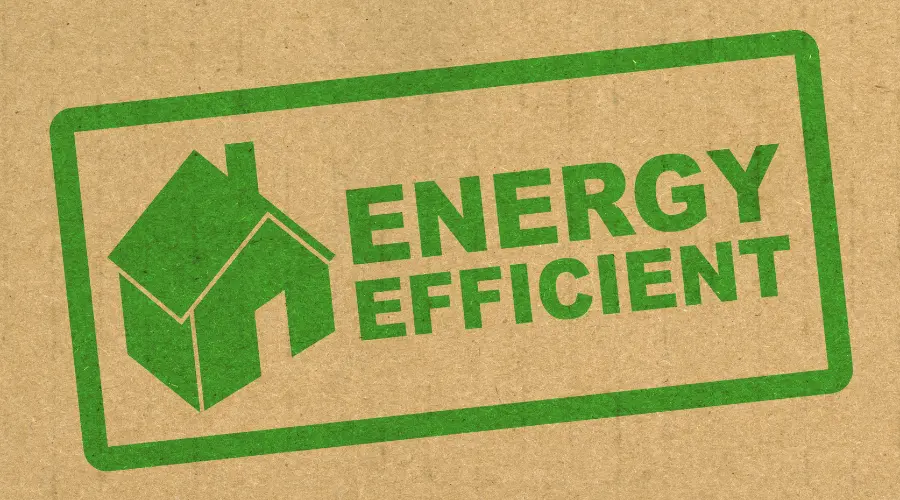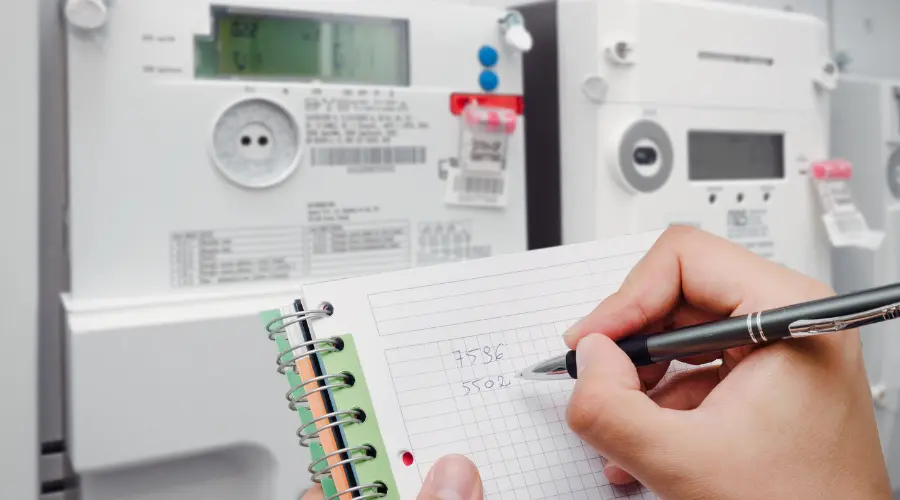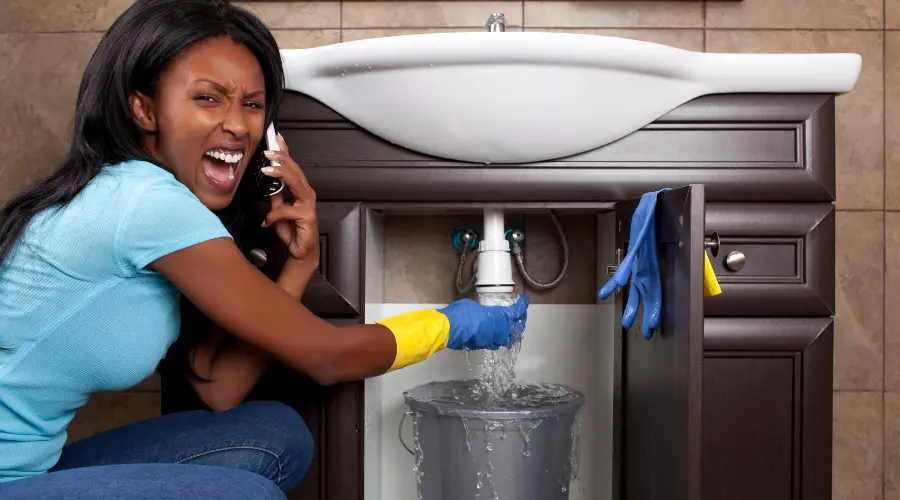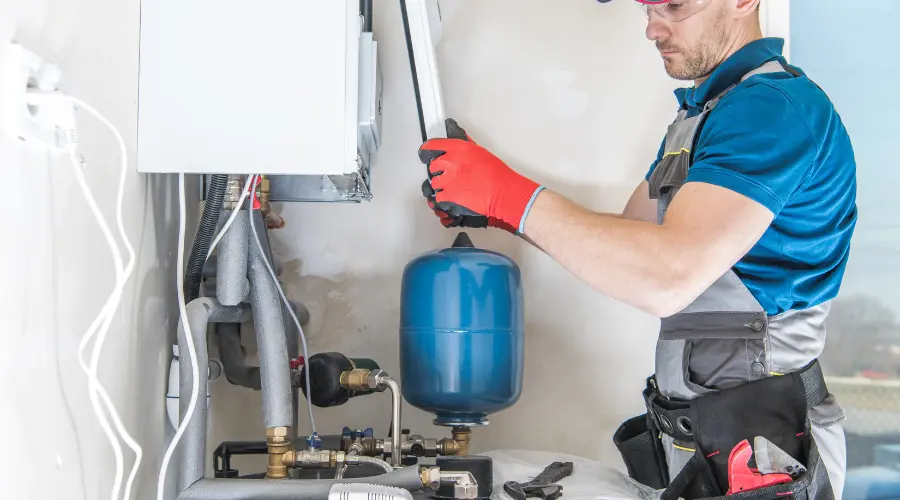Key Takeaways
- Energy-efficient plumbing fixtures reduce water usage, lower utility bills, and contribute to environmental conservation.
- Common water-saving fixtures include low-flow toilets, water-saving showerheads, faucet aerators, and dual-flush toilets.
- Upgrading to energy-efficient plumbing can lead to long-term financial savings and improved sustainability.
- Several high-efficiency plumbing products on the market offer excellent performance while minimizing water consumption.
In today’s world, where environmental sustainability and cost savings are more important than ever, energy-efficient plumbing fixtures offer a practical and impactful solution. Installing these fixtures in your home can significantly reduce water usage, lower utility bills, and contribute to environmental conservation. This blog post will delve into what makes plumbing fixtures energy-efficient, explore their benefits, and highlight top fixtures that exemplify efficiency.
What Are Energy-Efficient Plumbing Fixtures?
Energy-efficient water fixtures are designed to use less water without sacrificing performance. Some common examples include:
- Low-Flow Toilets: Modern low-flow toilets use as little as 1.28 gallons per flush (gpf), compared to older models that might use up to 7 gallons.
- Water-Saving Showerheads: These showerheads typically have a flow rate of 2.0 gallons per minute (gpm) or less, reducing water waste without compromising pressure.
- Faucet Aerators: Small devices that attach to faucets and mix air with water, reducing flow rates while maintaining strong water pressure.
- Touchless Faucets: Using infrared sensors to detect hand movements, these faucets reduce water waste by preventing unnecessary flow.
- Dual-Flush Toilets: Featuring two flush options—one for liquid waste and one for solid waste—these toilets allow users to choose the appropriate water amount for each flush.
How Do Water-Efficient Fixtures Help?
- Water Conservation: Reduces unnecessary water usage, helping to preserve natural water resources.
- Cost Savings: Lower water consumption results in decreased utility bills over time.
- Environmental Impact: Reduced water consumption leads to less energy required for heating and treatment, thereby cutting greenhouse gas emissions.
- Improved Performance: Modern water-efficient fixtures maintain or even enhance functionality compared to traditional counterparts.
Top 9 Energy-Efficient Plumbing Fixtures
- Delta WaterSense® Showerheads: These high-efficiency showerheads maintain excellent pressure while using only 2.0 gpm or less.
- Kohler High-Efficiency Toilets: Designed to use as little as 1.28 gpf while ensuring powerful flushing capabilities.
- Moen Eco-Performance Faucets: Featuring aeration technology, these faucets use just 1.5 gpm while maintaining strong flow.
- American Standard Champion® 4 Toilets: Highly efficient flushing system using only 1.28 gpf.
- Grohe EcoJoy® Showerheads: Offers a luxurious shower experience with a minimal flow rate of 1.75 gpm.
- TOTO Drake II Toilets: Uses just 1.28 gpf, blending efficiency with reliable performance.
- Pfister Waterfall Touchless Faucets: Minimizes water waste by using infrared sensors to control flow.
- Kohler K-596-CP Simplice® Pull-Down Kitchen Faucet: A high-performance kitchen faucet with a 1.5 gpm flow rate.
- Hansgrohe Raindance® Select E Showerheads: Provides a luxurious yet water-efficient shower experience with a 1.75 gpm flow rate.
Frequently Asked Questions (FAQ)
Q1: How much water can I save with energy-efficient plumbing fixtures?
A: Depending on the fixture, you can reduce water consumption by 20-60%. For example, a low-flow toilet can save thousands of gallons annually.
Q2: Do energy-efficient fixtures provide the same level of performance?
A: Yes, modern advancements ensure that low-flow fixtures maintain or even improve water pressure and efficiency.
Q3: Are energy-efficient plumbing fixtures expensive?
A: While some fixtures may have a higher upfront cost, they offer significant long-term savings on water and energy bills.
Q4: Can I install water-saving fixtures myself?
A: Many water-efficient fixtures are easy to install, but for optimal performance, professional installation may be recommended.
Q5: Do energy-efficient fixtures help the environment?
A: Yes, reducing water consumption decreases the energy needed for heating and treatment, leading to lower carbon emissions.
Conclusion
Upgrading to energy-efficient plumbing fixtures is a smart investment for homeowners seeking sustainability, lower utility costs, and improved performance. With numerous high-quality options available, transitioning to eco-friendly plumbing has never been easier. By making these small changes, you can contribute to a greener future while enjoying the benefits of lower bills and enhanced efficiency. Take the first step towards energy conservation today! For more Detail Please Contact CBJ West New York Plumber




